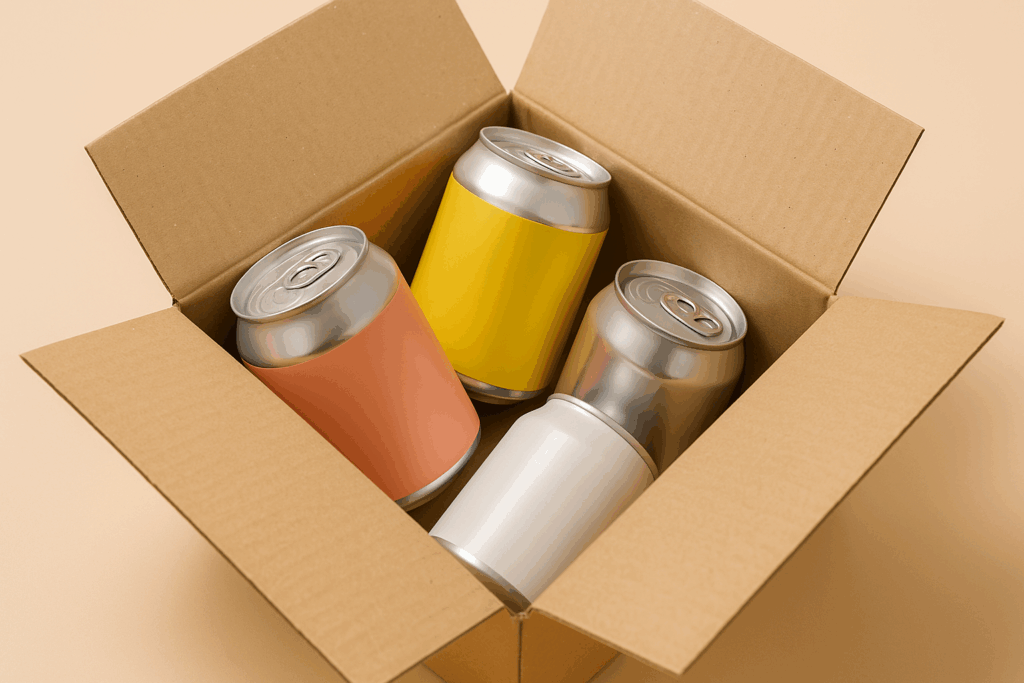More Than Meals on Wheels
Aesthetics can be just as significant as the menu in mobile food service. Consumers desire an experience rather than just food. The food truck with the most striking look, rather than the finest cuisine, is frequently the one that attracts customers in crowded event venues or on city corners.
Food truck designs are essential to brand identity, virality, and visibility for hospitality brands. In this blog, we’ll share ten smart food truck design ideas that help hospitality brands stand out and stay memorable.
1. Design Around a Cohesive Theme
What transforms a food truck into an experience is its concept. It’s what buyers feel, not simply what they see. Your menu, signage, staff conduct, and branding are all connected by a powerful and unified theme.
For example, the fusion-music atmosphere, bilingual branding, and graffiti-style truck art at Kogi BBQ in Los Angeles combine Mexican and Korean culture through their cuisine. The topic is distinctive and captivating.
So, how can your truck stand out through a theme?
- Start with your food concept: Build design elements around your flavor profile (e.g., minimalist design for modern health bowls, rustic wood for BBQ).
- Consider your target audience: A cartoon-style dessert truck for families will differ vastly from an industrial-style ramen truck for late-night crowds.
- Unify your details: Everything from staff uniforms to your logo should echo the same idea.
2. Incorporate Bold and Attention-Grabbing Graphics
In a festival packed with trucks, who gets noticed first? Often, it’s the one that goes big and bold, literally. Strategic use of color, illustration, and scale is a key differentiator in high-performing food truck design ideas.
One standout example is the Lobos Truck in California, which uses full-coverage matte black vinyl with bold red geometric lines and a stylized wolf logo. It feels aggressive and modern, an intentional choice to appeal to urban, late-night customers. The design doesn’t just attract, it demands attention.
When crafting bold graphics:
- Use oversized typography: Let your name be readable from a distance.
- Embrace custom illustration: Hand-drawn characters or murals create a personal feel.
- Avoid over-clutter: Bold doesn’t mean busy. Make room for negative space.
Graphics act as your brand’s handshake, it’s how you greet potential customers before any words are exchanged. In visual marketing, contrast and clarity often outperform complexity.
3. Include Engaging and Interactive Features
A good food truck delivers a meal. A great one delivers an experience.
Interactive elements elevate your truck from a simple transaction point to a destination. Consider Coolhaus Ice Cream, which invites customers to customize their cookie-and-ice-cream sandwiches, turning orders into Instagram moments. It’s tactile, personal, and totally shareable.
If you want to take your customer experience further, consider:
- Chalkboard walls that let people write messages or vote on next week’s special
- Selfie stations with branded backdrops or props
- Touchscreen kiosks for ordering and feedback
- Live menu feeds showing what’s popular in real time
These features not only drive dwell time and engagement but also generate free content for your social media feed.
Tip: If you add interactive elements, make sure they’re intuitive and aligned with your brand personality. A neon taco truck and a minimalist matcha bar shouldn’t share the same engagement strategy.
4. Personalize the Exterior for Brand Impact
In a world of mass-produced vinyl wraps, adding personal touches can make your truck feel handcrafted and authentic, especially important in a hospitality context where brand trust matters.
Here’s how personalization can come to life:
- Custom paintwork or murals done by local artists
- Potted plants or herb gardens on the exterior
- Branded furniture like stools, fold-out counters, or awnings
- Story-driven decals (like your origin story or mission)
According to Toast’s guide on food truck branding, investing in unique visual design especially through your truck’s exterior, is key to building a memorable customer experience and strengthening your brand identity.
5. Craft Unique and Memorable Signage
Signage tells people who you are, what you serve, and why they should care in three seconds or less.
Let’s look at The Grilled Cheese Truck. Their 3D grilled cheese sign doesn’t just label the brand, it creates photo ops. The signage becomes part of the customer experience and the brand’s viral loop.
Here’s what works:
- 3D lettering or lighted signs for high visibility at night
- Punny or playful taglines that reflect your brand voice
- Menu boards that are changeable but always on-brand
- Overhead and side signage so you’re seen from multiple angles
6. Decorate Seasonally to Keep Things Fresh
Even the best truck can start to feel static over time. Seasonal design keeps your brand feeling alive and relevant, something especially important for attracting repeat customers and staying top-of-mind.
Here are seasonal decoration ideas:
- Spring: pastel decals, hanging florals, light wood textures
- Summer: tropical plants, surf-style signage, iced drink highlights
- Fall: faux leaves, warm palettes, pumpkin-themed specials
- Winter: string lights, cozy accents, holiday branding
7. Optimize Your Food Truck’s Interior Layout
The real chaos of your food truck is behind the counter, yet it’s easy to get sucked by the aesthetics of the outside. In addition to streamlining operations, a well-designed interior layout increases service speed, lowers employee stress levels, and improves the overall visitor experience.
Here’s a practical checklist when designing your food truck interior:
- Clear separation between food prep and cashier zones
- Easy-to-clean surfaces and floors
- Ventilation systems that handle heat and smoke
- Storage compartments that reduce clutter
- Logical workflow to minimize cross-traffic
8. Leverage Smart Tech in Your Design
Integrating smart technology into your truck’s design is more than a modern touch, it’s a competitive advantage. Digital solutions help you streamline orders, gather data, and create dynamic customer experiences.
Here are some tech-forward food truck design ideas:
- Digital menu boards that sync with your POS system
- Kitchen display screens for real-time order tracking
- Smart lighting systems to adjust ambiance by time of day
- Inventory apps that notify you when key ingredients are low
9. Use QR Codes for a Flexible, Digital Menu Setup
Static menus can be limiting, especially when prices change or items sell out. QR codes offer flexibility, reduce print costs, and cater to digitally native customers who expect seamless access to information.
QR codes can be:
- Displayed on windows, trays, or napkin holders
- Linked to real-time menus, nutritional info, or order-ahead platforms
- Customized with brand colors and logos for better visual integration
- Used to collect feedback or direct traffic to social media
Pro tip: Place QR codes at eye level near the ordering window and on takeaway packaging to extend their reach.
10. Install a Social Wall to Encourage Online Sharing
In the hospitality space, word-of-mouth has gone digital. A social wall that features real-time Instagram or TikTok content tagged with your handle will turn your food truck into a crowd-sourced marketing machine.
Social wall benefits:
- Boosts your brand’s visibility across social platforms
- Encourages user-generated content and peer validation
- Creates excitement as everyone aspires to “make the screen.
- Reinforces your brand personality through curated visuals
Roll with Purpose, Park with Impact!
A food truck serves as a mobile brand platform in addition to being a kitchen on wheels. You can turn your food truck business from simply another vendor into a destination that attracts customers, generates images, and fosters enduring loyalty with the correct food truck design ideas.
Do you need assistance turning your brand’s idea into a food truck that will turn heads? Reach out to MAVRK Studio, and together, let’s produce something that is worth waiting for.





